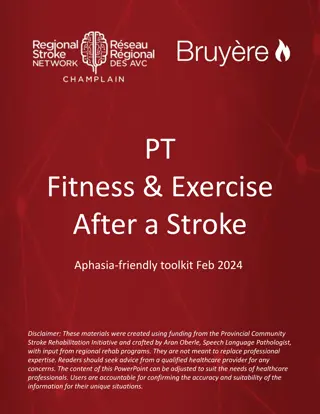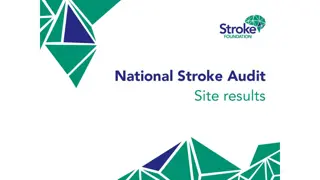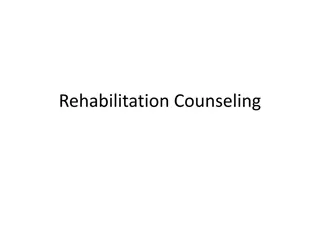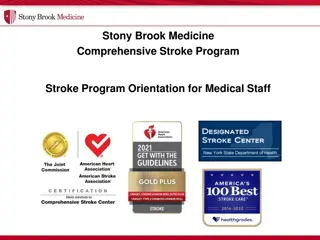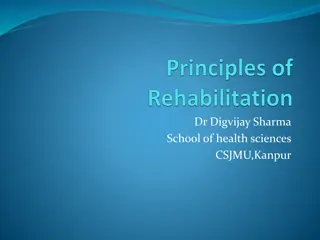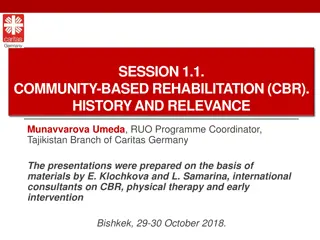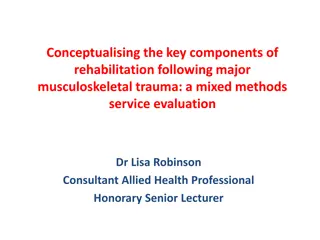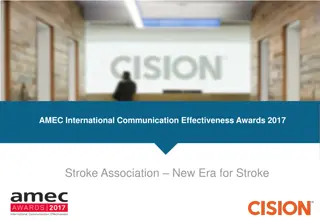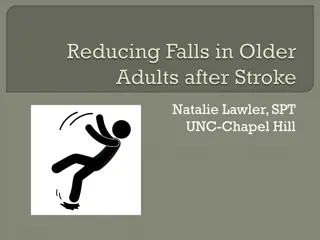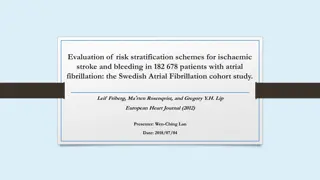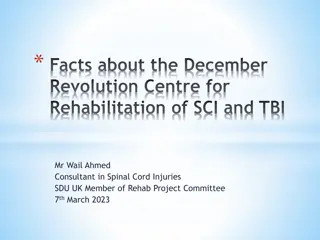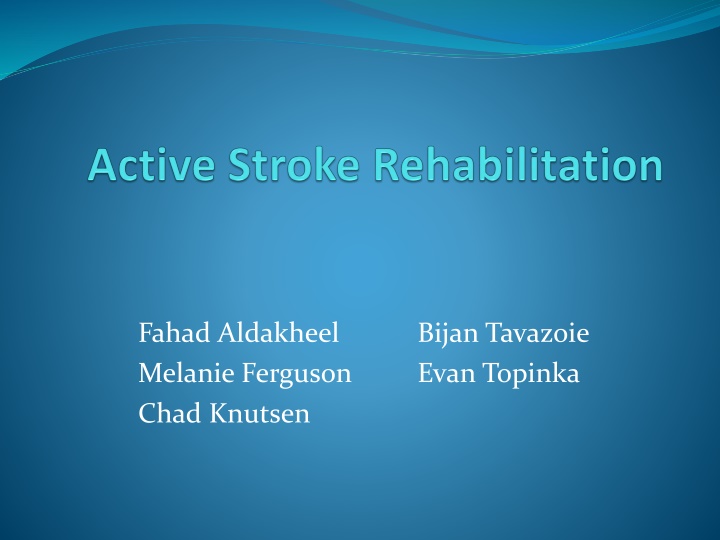
Innovative Stroke Rehabilitation Device Design Progress
Explore the progress of an innovative stroke rehabilitation device design, focusing on detailed design stages, concept selection, and next steps for development to enhance patient recovery.
Download Presentation

Please find below an Image/Link to download the presentation.
The content on the website is provided AS IS for your information and personal use only. It may not be sold, licensed, or shared on other websites without obtaining consent from the author. If you encounter any issues during the download, it is possible that the publisher has removed the file from their server.
You are allowed to download the files provided on this website for personal or commercial use, subject to the condition that they are used lawfully. All files are the property of their respective owners.
The content on the website is provided AS IS for your information and personal use only. It may not be sold, licensed, or shared on other websites without obtaining consent from the author.
E N D
Presentation Transcript
Fahad Aldakheel Melanie Ferguson Chad Knutsen Bijan Tavazoie Evan Topinka
Background Stroke affects one side of the body The main goal is to help stroke patients recover faster and better than current rehabilitation methods. Range of Motion (ROM) Strength Active therapy is used to facilitate patient induced motion of affected limbs
Design Requirements Summary PDS compiled from patient and medical professional interviews Exercise more than one joint Visually unobtrusive (to patient) Small footprint Ease of use / Intuitive interface Safety
External Search Competitor Device Myomo (mPower1000) Device proves concept Limited to one motion and one part of body Comfort issues Patent Protected!
Internal Search - Brainstorming Arm Brace Robotic Arm CNC table movement Adjustable Chair/Bed Exercise Machine Table mount, wall mount, free standing, mobile
Concept Selection Concepts General Actuation Method System Layout Highest Score Possible for Criteria 15 5 10 10 10 5 Pulley Exercise Machine 15 4 9 9 7 4 Adjustable Hospital Bed 10 2 7 7 6 1 CNC Table Movement 15 1 4 7 4 3 Table Mount 15 3 6 4 7 3 Wall Mount 15 3 9 9 7 3 Stationary Freestanding 15 3 9 9 7 3 Movable Freestanding 15 3 7 8 7 3 Criteria for Rating Versatility Low Weight/Volume Simplicity of Design Ease of Use Low Cost Low Visibility Safety 15 10 10 13 10 10 10 5 TOTALS 43 44 61 48 56 56 48
Detailed Design Progress Motor Drive Circuit Specification Program Feedback Sensing Decision Motor Specification System Testing
Next Steps Integrate components into electronics package ROM and voltage calibration sequence in program Graphic interface integration Tube and slide mechanism refinement Physical refinement: hiding the ugly Investigate wireless communication between sensors and controller Refine sensor attachment and placement Detailed CAD model by March 21st



